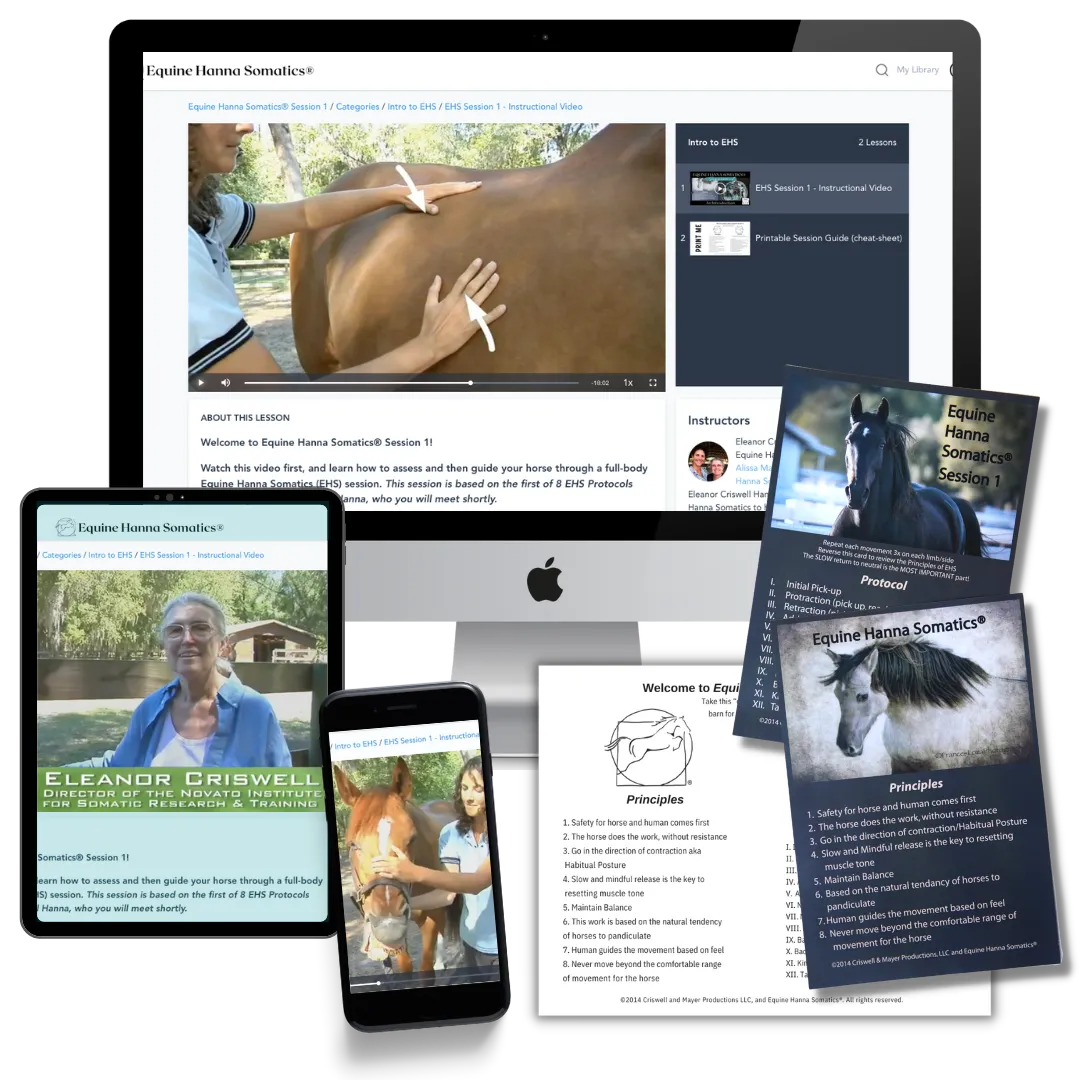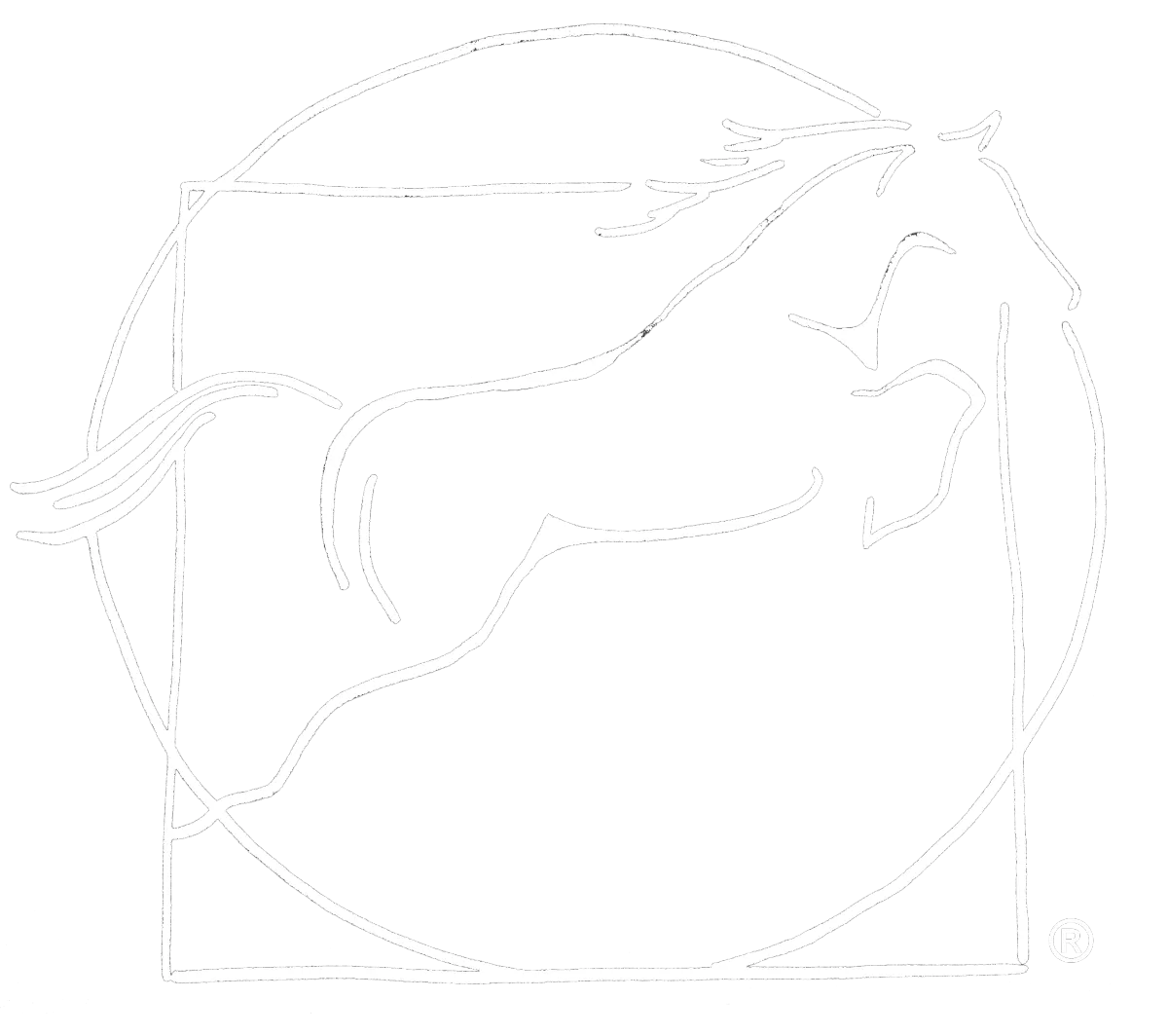Canine Hanna Somatics® Case Study: Yorkshire Terrier Whose Back Legs Were Collapsing Recovers After One CHS Session
Canine Hanna Somatics® Case Study: Meet Ned, an 8 year old Teacup Yorkshire terrier whose back legs were collapsing. Ned was so weak that he couldn’t even cross a doorway with a raised threshold. After just one Canine Hanna Somatics® session, he started a remarkable recovery process that had his owner in shock and tears of joy two weeks later.
In this article, you’ll meet Ned and hear about his first somatics session. Then meet Eleanor Criswell, creator of Equine and Canine Hanna Somatics and Somatic Yoga, and hear from a veterinarian about the benefits of CHS.
When I met Ned, he was so weak that he couldn’t even cross a doorway with a raised threshold. After just one Canine Hanna Somatics® session, he started a remarkable recovery process that had his owner in shock and tears of joy two weeks later. Stories like this are why I love my job…
Here’s Ned’s story.
Ned fell down some stairs as a puppy at just one year of age and injured his lumbar area. This resulted in two herniated discs. He also had a heart condition, diagnosed by his veterinarian at that time, that prevented him from having any corrective surgery.
Ned recovered and lived an active life until age 5, when he began to have difficulty walking. He started to hop instead of stride due to his hind legs collapsing, and had a hard time going up and down stairs.
For years, Ned had spent most of his time sitting with his pelvis tilted to one side or the other, both hind limbs extended out to the side in the same direction. Walking seemed exhausting for the little guy, and he rarely left the house. He had had some acupuncture and red light therapy with no noticeable improvement.
Ned’s First Canine Hanna Somatics Session:
Working with little Ned stretched out in my lap, I took him through his first session of Canine Hanna Somatics (CHS). He was so tiny I was just using my fingertips to guide him gently through the CHS Protocol. The session lasted about 40 minutes, after which Ned became too relaxed and drowsy to continue to participate, and he wobbled off to bed to sleep soundly for the rest of the night.
The next day, Ned followed his owner out to the covered arena, over 100 meters from the house. He was energetic and alert and walking more than he had the day before. Ned was also able to cover more ground and move with more speed. He was observed sitting in a more balanced position with both hind limbs folded under his pelvis in at least two instances.
Ned’s owner was blown away by how much a single session of CHS helped her little guy. He went from hopping and gimping along with both hind feet close together, unable to even cross the threshold between the mud-room and the kitchen, to scampering and playing, moving all four legs normally and following her to the barn multiple times.
He even climbed all the stairs to roam around on the second story of her vintage Vermont farmhouse – something he hadn’t been able to do in YEARS.
Here’s what she reported to me 2 weeks later:
“Hey, just wanted you to know I found Ned on the porch this morning. He climbed two steps on his own. THEN I found him upstairs after I got home from errands….having climbed 15-20 stairs. Holy, Moly! He hasn’t been able to climb a single stair in like a year. So cool. Up until the past two weeks he has been only able to walk for short periods of time. Today, I had a hard time finding him, he was so active. Thank you!” - JJ, Ned’s person

What is Canine Hanna Somatics® (CHS)?
Canine Hanna Somatics is a gentle hands-on method for dog owners to use to improve overall mobility and ease of movement, comfort and well-being for dogs of all ages – but is especially useful for aging or working dogs!
CHS is based on the principles of Hanna Somatic Education® – using voluntary pandiculation to help dogs regain conscious control of their neuromuscular system to overcome movement and sounds issues related to muscular disorders of an involuntary (or unconscious) nature. This gentle approach will help you help your dog to let go of chronic tension and compensatory patterns learned from training, trauma, repetitive motion or just every-day life.
These muscle contractions are frequently responsible for the loss of mobility, energy and general enjoyment of life as dogs age, and can be reversed with CHS exercises!
When you do CHS with your dog, you are working directly WITH the dogs brain, instead of working ON their body... so even though it looks a lot like it, CHS isn't actually bodywork, but is an educational and experiential process that we facilitate for the dog.
The Benefits of Canine Hanna Somatics
greater ease of movement
increased mobility & comfort
Performance enhancement
stronger dog-human bond
General wellness & well-being
Reverse many of the symptoms of aging
Maintenance between professional CHS sessions
And more!
Canine Hanna Somatics is Veterinarian Recommended
In this video, listen to a conversation between Eleanor Criswell, creator of CHS, and Dr. Biery DVM
Why do dogs suffer from rear leg weakness or suddenly start panting?
Panting without exertion is usually a sign of pain. When accompanied by shaking or a dogs hind legs collapsing it’s generally an indication of a neuromuscular problem. Symptoms can include muscle weakness, cramps, stiffness and spasm, and is typically caused by one of the following:
Myopathies
• dysfunction of the muscle fibers that is not caused by nerve disorders
Neuropathies
• damage or dysfunction of the nerves themselves
Junctionopathies
• dysfunction where the nerves and muscles come together
Causes of myopathies or neuropathies may be inflammatory or non-inflammatory. Residual muscle or nerve damage from prior injuries may contribute to the sudden onset of a dog whose hind legs are collapsing.
Often we will also notice some distorted posture caused by chronic muscle contractions that have become involuntary in nature. What the owner usually observes is that the dog just ‘doesn’t look right’ or can’t play like they used to.
Does sudden giving out of the hind legs only affect senior dogs?
The short answer is NO.
Dogs of any age can be susceptible to any of the three areas of disfunction described above. In addition to a dogs hind legs collapsing, the front legs can also be affected.
Degenerative Myopathy is usually an inherited disease, caused by a gene that some puppies are born with, and can affect the whole body. It’s also possible for a dog to acquire myopathies like muscle cramps and chronic stiffness.
The older your dog is, the more likely they are to be affected by hind leg weakness.
It’s difficult to determine the exact cause of a dogs hind end weakness without extensive diagnostic testing. Even then, a common diagnosis of Osteoarthritis, Intervertebral Disc Disease (IVDD), Lumbosacral Disease or Degenerative Myopathy is not always 100% accurate.
Regardless of the specific diagnosis, there is hope for your dog even after it looks like his or her hind legs are collapsing! As long as it isn’t cancer, Canine Hanna Somatics can probably help!
How to Help Strengthen a Dog whose Hind Legs are Collapsing
The best approach is to use Canine Hanna Somatics as prevention at the first sign your dog’s hind legs are collapsing or showing weakness. CHS is also helpful for dogs with severe hind end weakness that has been present for months or years, as with little Ned.
When you do CHS with your dog, you will be using your hands to guide your dog. You’ll follow a simple movement protocol to help the dog access and awaken muscles affected by Motor-Sensory Amnesia (MSA) - a condition of chronic muscle contractions that have become part of your dog’s “new normal.” As the nervous system adapts to it’s environment, the dogs brain actually forgets what it used to feel like, forgets how to go back to neutral muscle tone, and that leads to soreness, weakness, shaking, numbness, and general muscle dysfunction. It happens to all of us at times, dogs, horses and humans too!
When you guide your dog through the Canine Hanna Somatics exercises, which are based on the dogs natural tendency to pandiculate, it is a cooperative session between you and your dog. The sensation of resetting the muscles is very pleasant and relaxing for the dog (and for you) so one of the benefits is that your dog will associate the pleasant experience with the person doing the session (that’s you!) This will strengthen your bond and the trust between you, in addition to improving your dogs overall mobility and comfort.
If you’d like to learn how to work somatically with your dog, join us for one of our live CHS1 Introductory Workshops offered via Zoom. Details here: https://equinehannasomatics.org/chs-workshops




